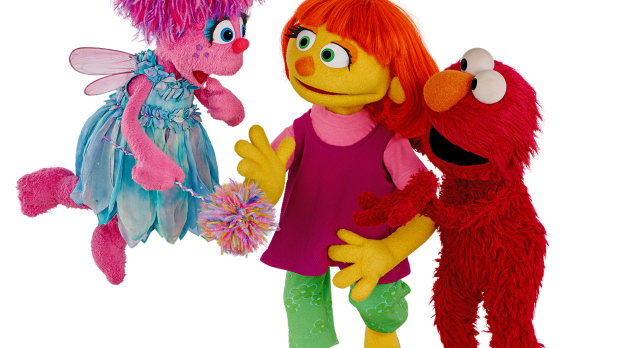My oldest daughter was diagnosed with autism over 15 years ago. When she began school she was quickly whisked away to a special needs classroom in another city with no mention of being included with typical preschoolers her age. She had excellent teachers and made great progress during her preschool years, but she also had zero exposure to kids her age without special needs. And, as a result, they had the same amount of exposure to her.
When she began kindergarten, she was brought back to our home school district and was placed in a mainstream kindergarten class. This didn’t happen because she was ready, but because the education system didn’t have another option at the time (15 years ago autism moms fighting for what our kids deserved were few and far between).
I can say with 100 percent confidence that the children in her kindergarten class did not know what to do with my daughter. They didn’t understand why she couldn’t zip her coat, why she stomped her feet and cried if their schedule abruptly changed and why her school work generally looked like a pile of scribbles.
Read more:
How I realized my son's autism was a gift
So that year (and for many years after that year), I offered to talk to the children in her grade-school classes. The class nodded their heads, and I hoped they understood when I explained my daughter’s behaviors, but I also knew there was a good chance my words would be quickly forgotten. But I took comfort in the fact that at least I was trying to start the conversation.
Fast forward to this week in 2017, when Sesame Street announced a new character named Julia. Julia will be the first muppet with autism and her character will be voiced by Stacey Gordon, mom to a 6-year-old son with autism.
A character like Julia could have greatly shaped my daughter’s school years. Those preschoolers with whom she never even shared a classroom might have learned about kids like her before even meeting her. They may have known, before they even reached kindergarten, that she flaps her arms when she’s happy, that she wants to be included on the playground even though she can’t always say it, and that underneath it all she’s just like them.
I’m happy that Julia was created to bring understanding to others, but I’m also happy she was created because of the validation it brings to the autism community. As Stacey Gordon shares, “It means that our kids are important enough to be seen in society.”
I look forward to following Julia’s journey on Sesame Street and how it may shape the understanding and inclusion of kids with autism by their peers. Christina Ferraro, a writer on Sesame Street for the past 25 years shared my exact thoughts on Julia’s future when she said, “I would love her to be not Julia, the kid on Sesame Street who has autism. I would like her to be just Julia.”
4 More times Sesame Street has welcomed differences:
Wheelchairs. When Christopher Reeve came on the show, parents and kids experienced a very tangible and simple lesson about people in wheelchairs.
Blindness. This segment on blindness helped kids understand not just the concept of Braille, but how alike we all are even when we may seem different.
Disability service dogs. These sweet canines teach Elmo (and all the kids watching) about why some people need a little help, and how important it is that they get it.
Just plain diversity. It’s so important to discuss diversity as a large concept with our kids, covering everything from our skin colors to the foods we like to eat or the activities we like to do. And when Willi.i.am came on the show, his catchy tune reinforced that that no matter how we look on the outside, it’s the inside that counts. We can all be kind, strong, brave, thoughtful individuals who can achieve great things.
https://youtu.be/4sqN2J9_axY?list=PLkDyfDyf23GaaEY49qYM74f8yBIN86t7E

